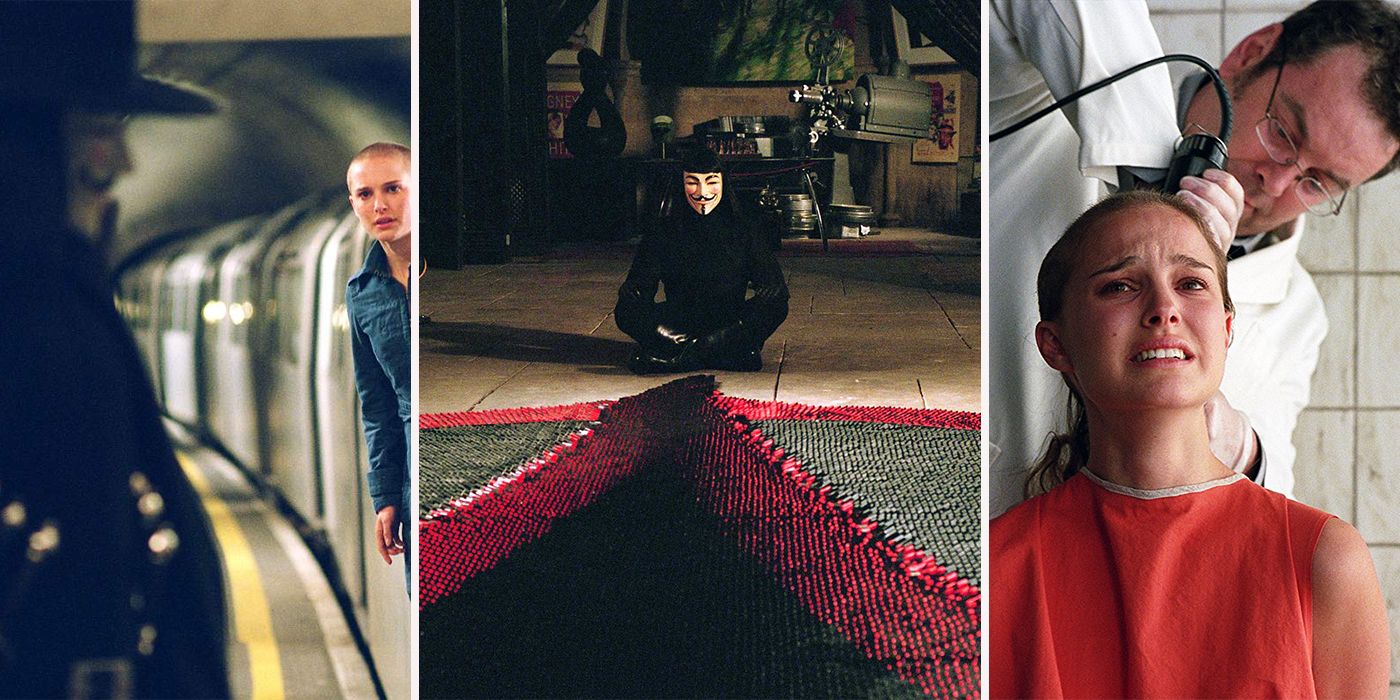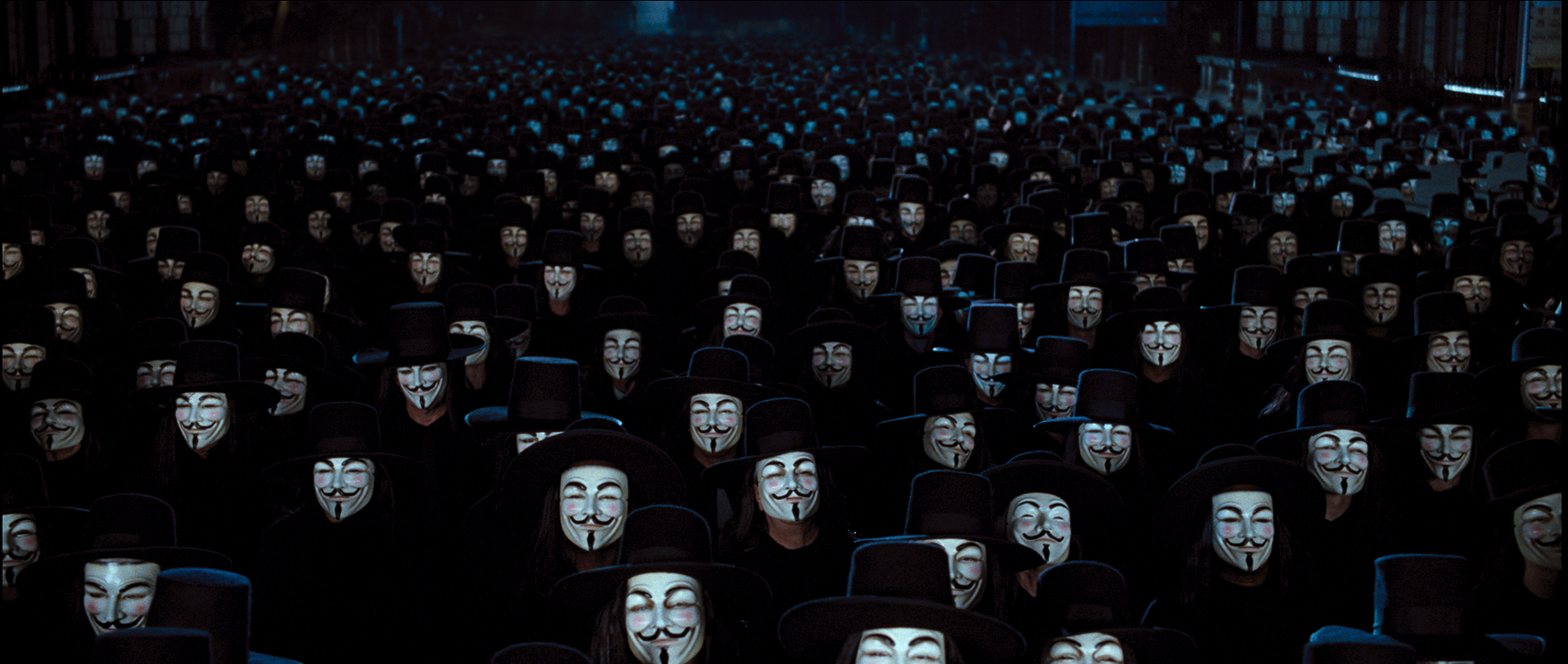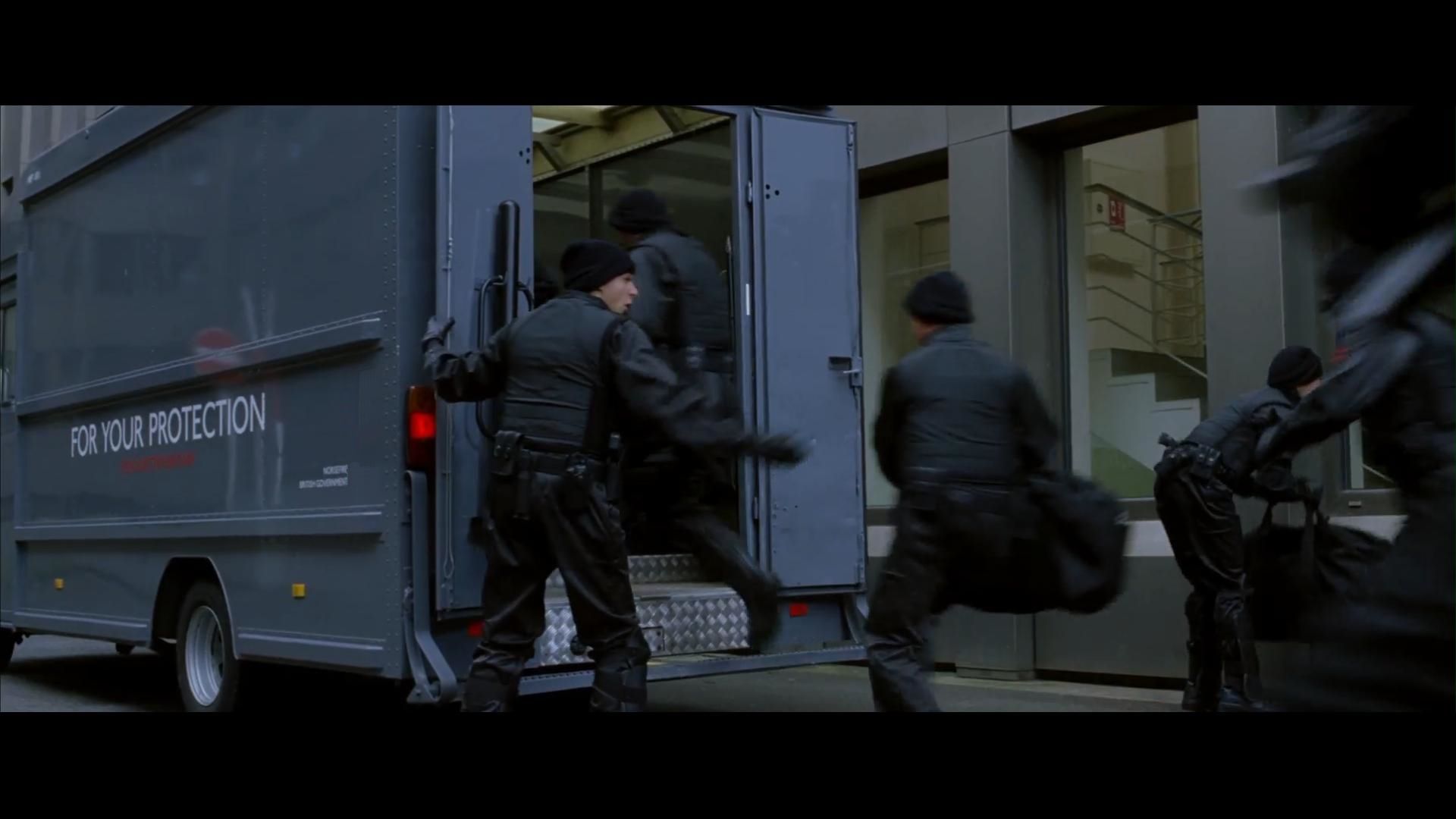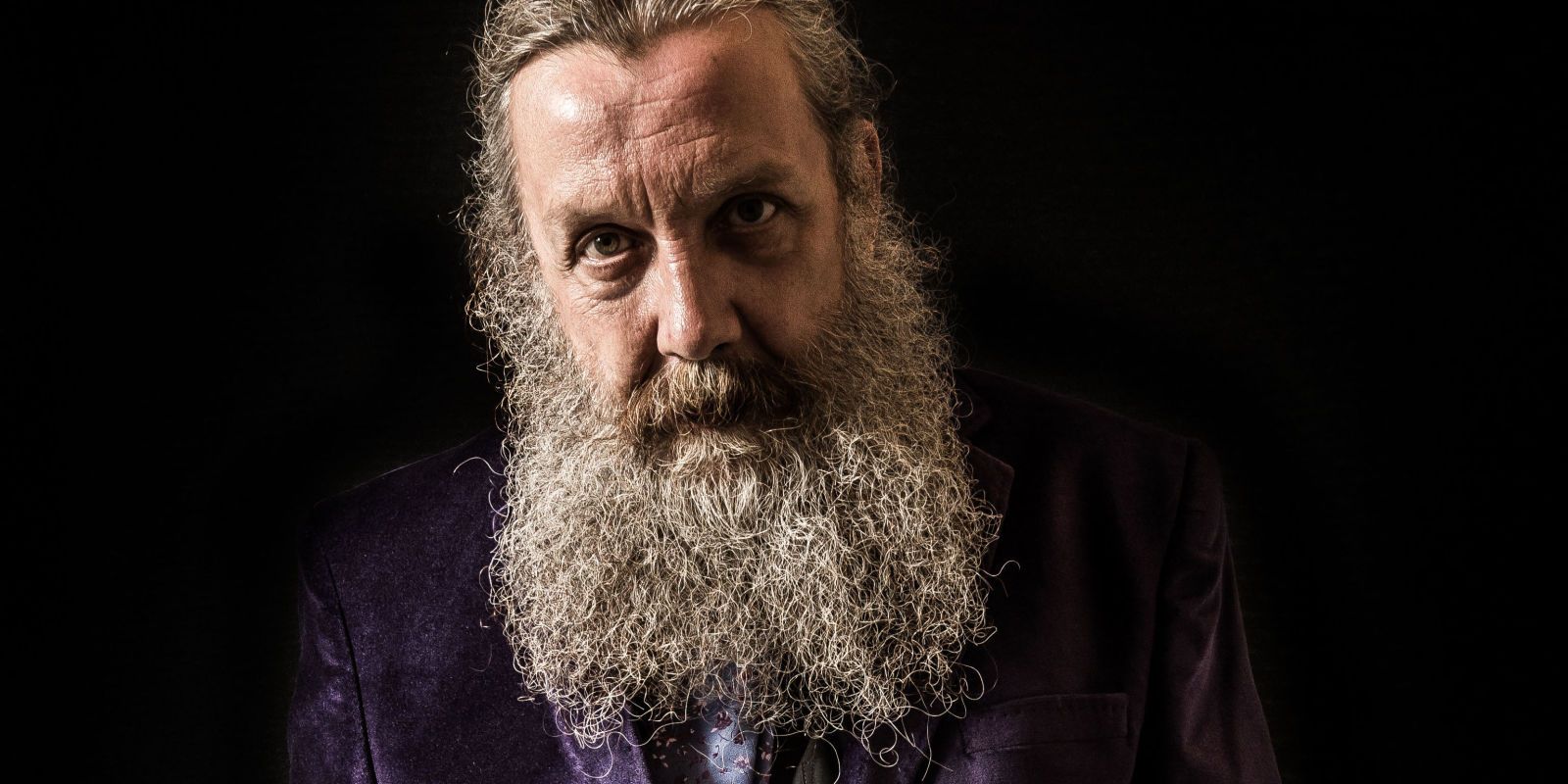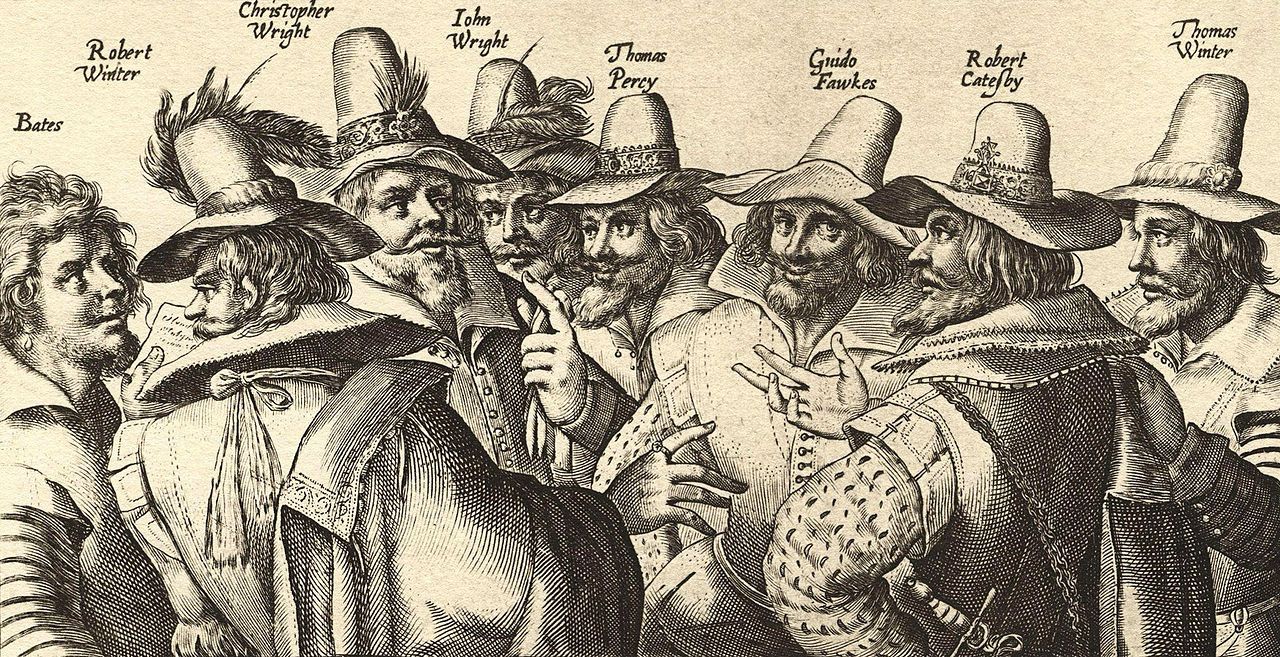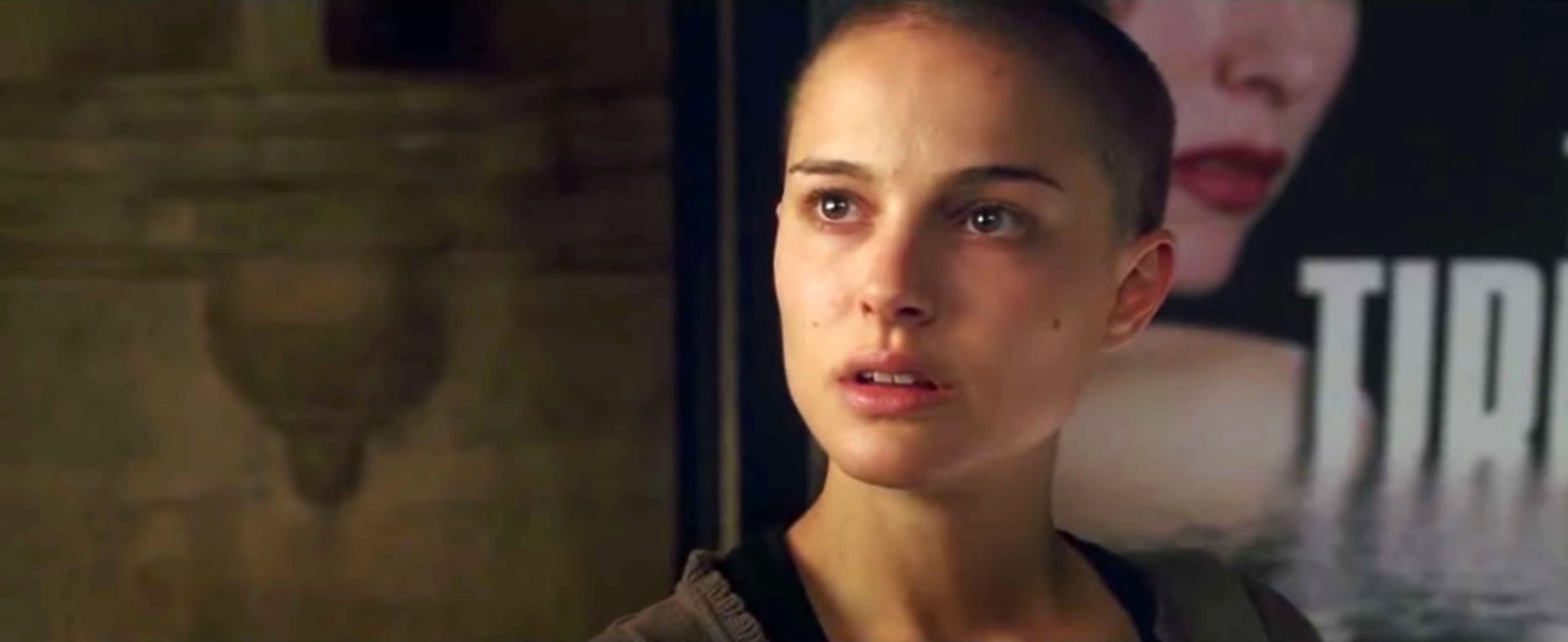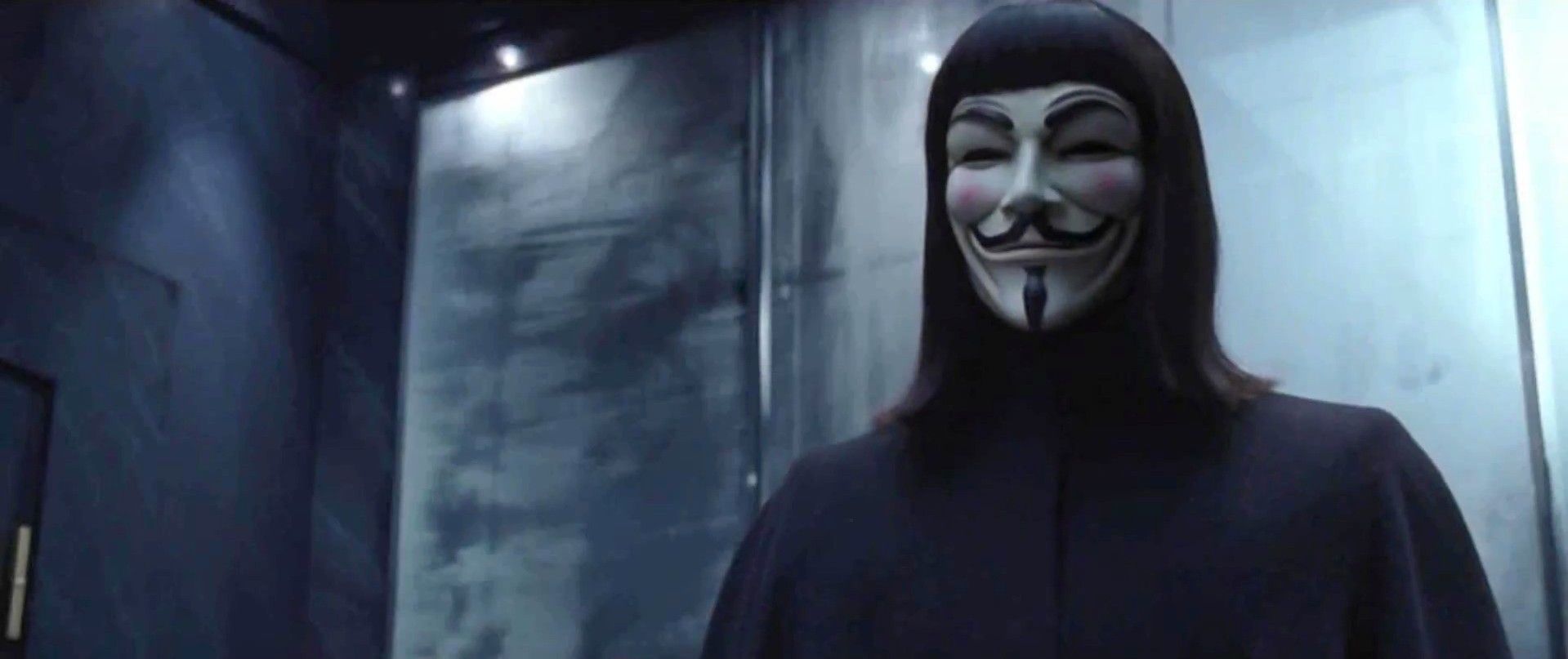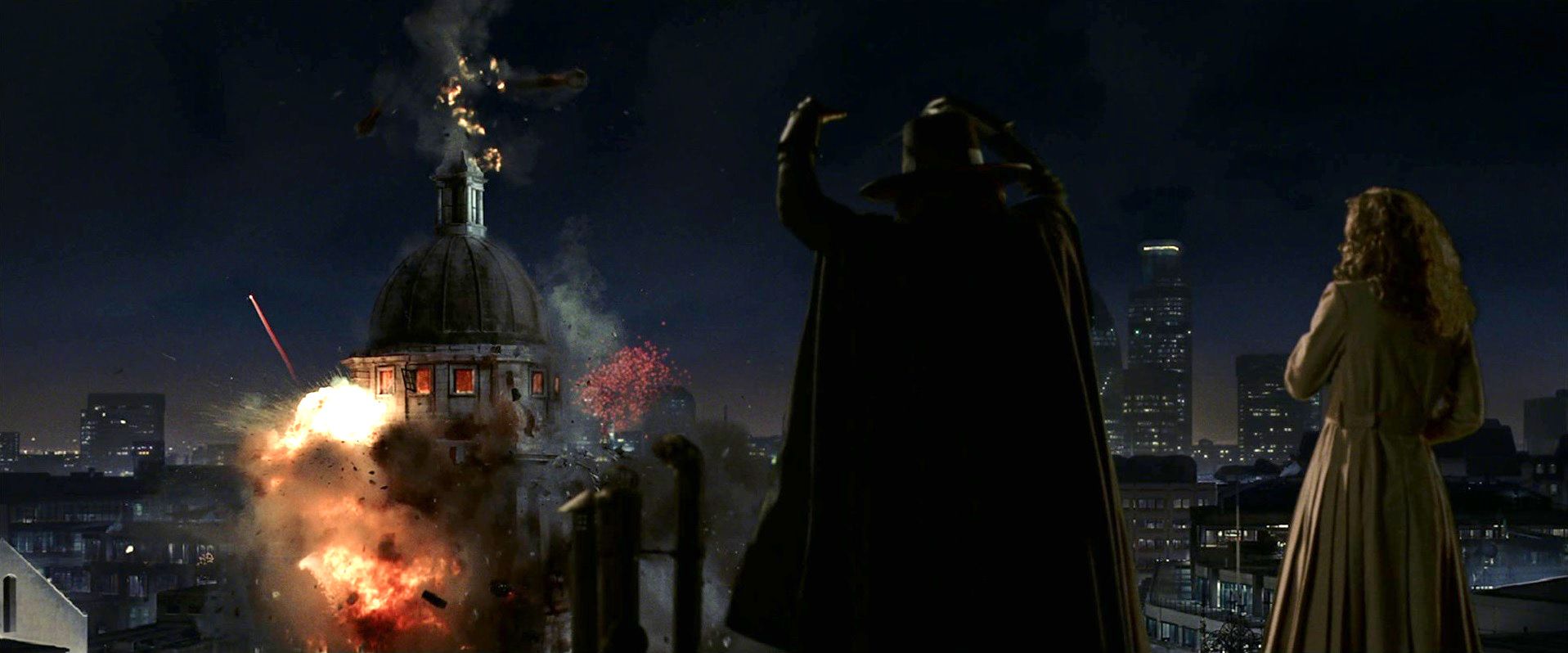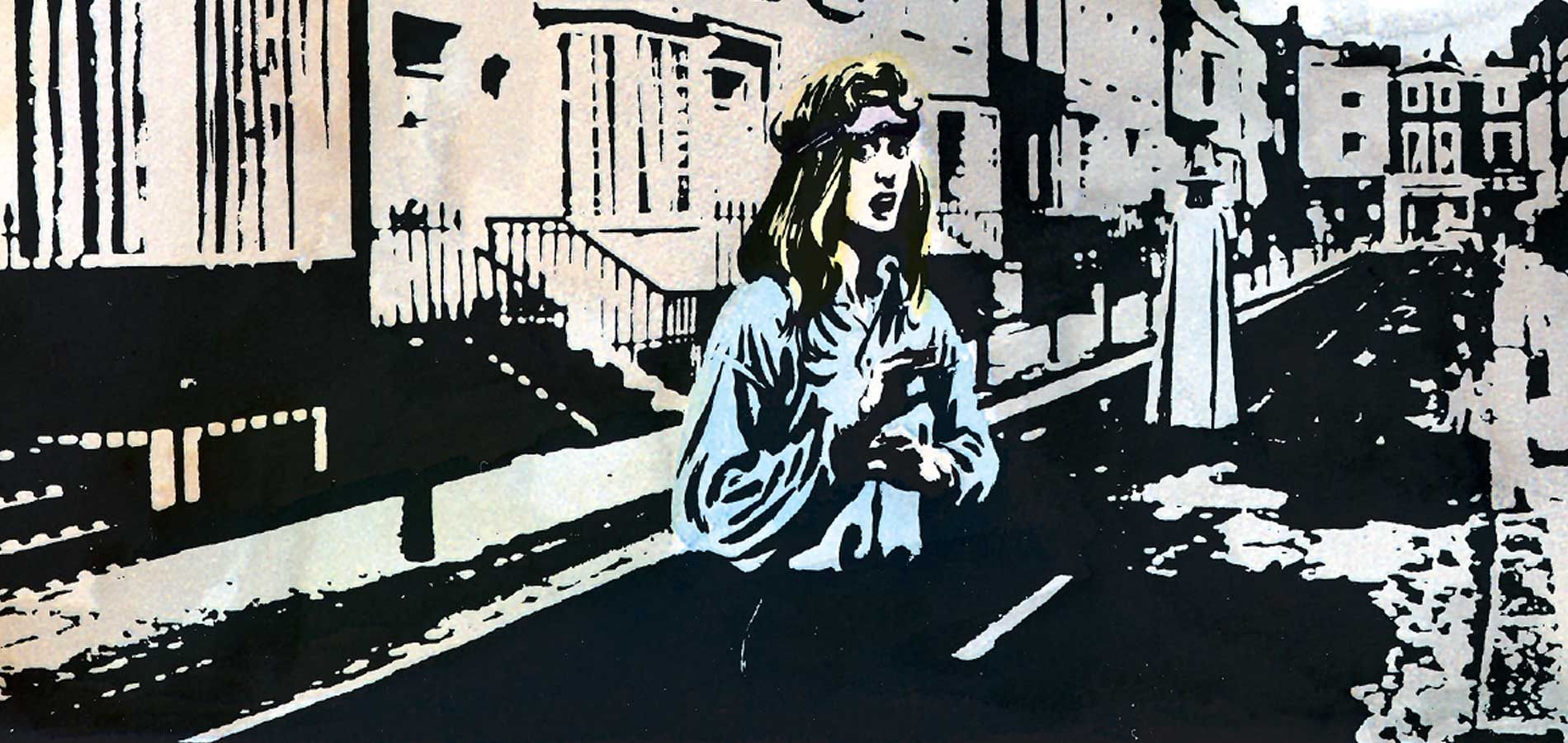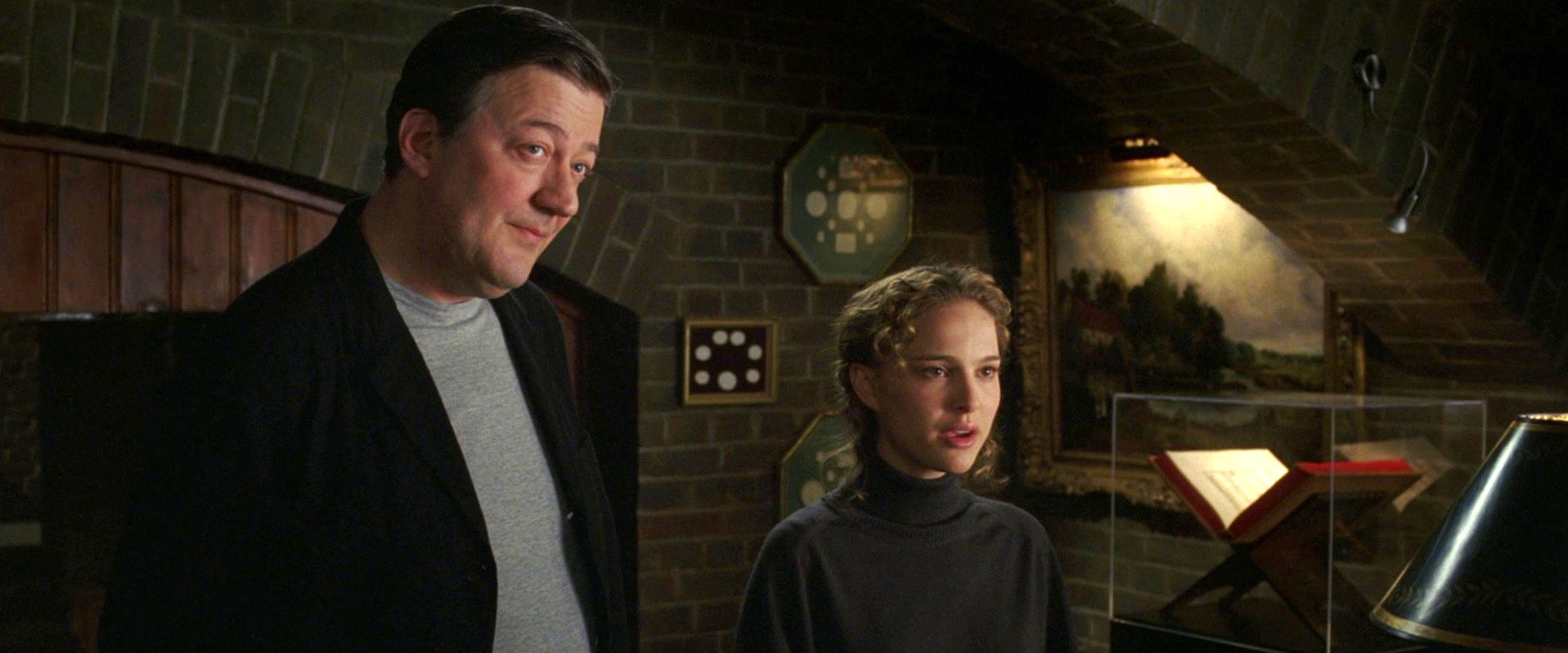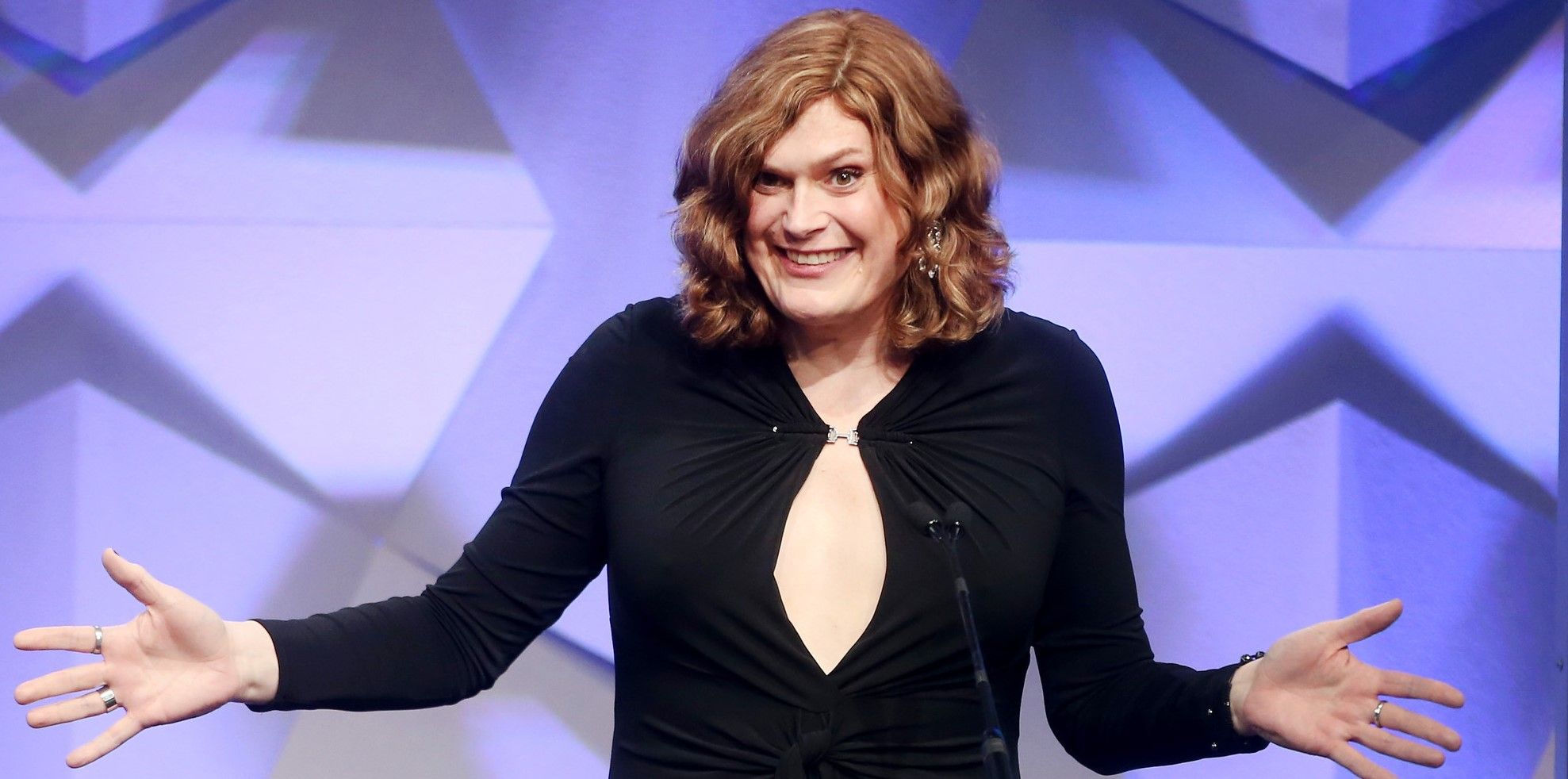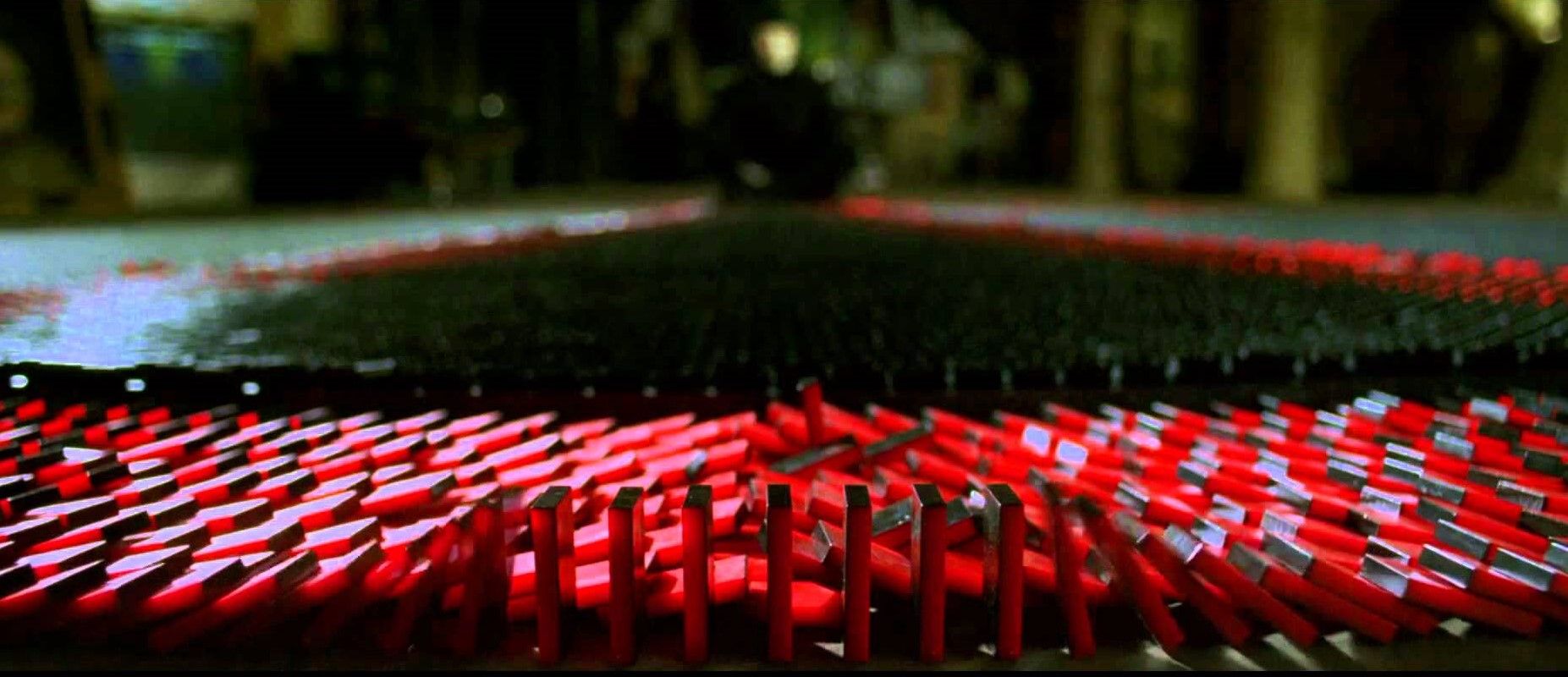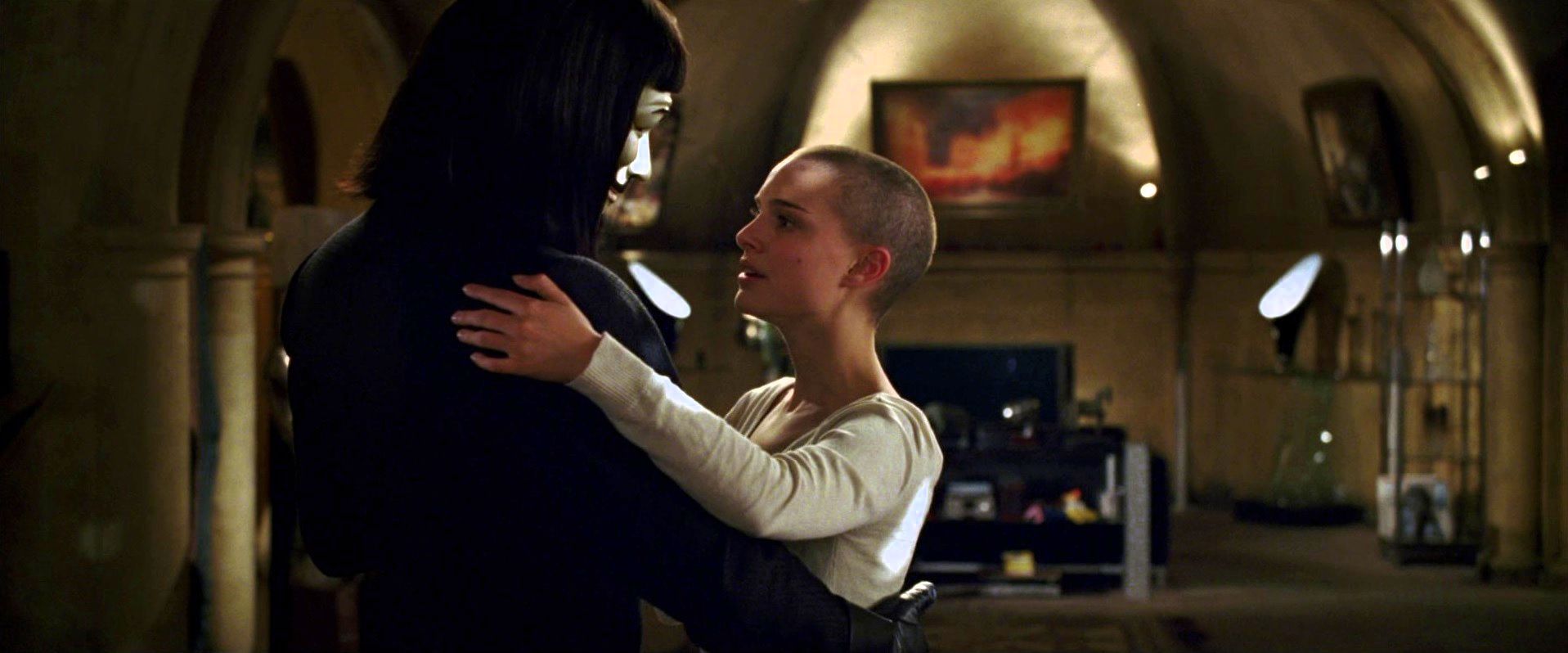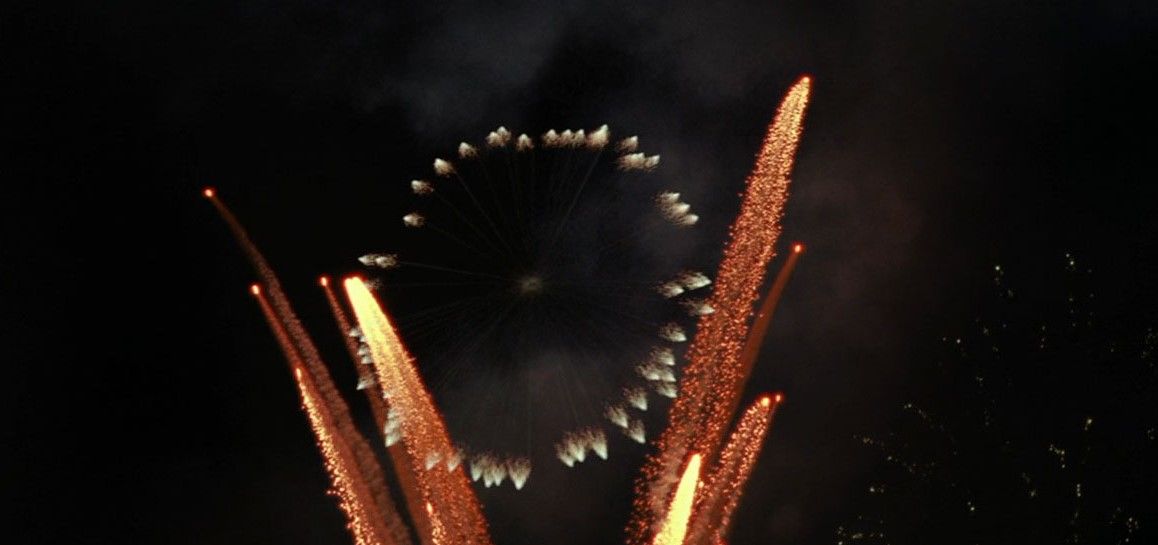The 2006 classic comic book movie V for Vendetta will be remembered for two things. The first is for inspiring the online vigilante network Anonymous to use the famous Guy Fawkes mask as their symbol. The second is for generally being a really good movie, albeit one with drastic differences from its source material. Adapted from the 1989 graphic novel of the same name by Alan Moore, the film was well written, masterfully directed, and featured a cast of powerhouse actors. Names attached to the production included Stephen Fry, the Wachowski siblings, and the late, great John Hurt.
RELATED: 15 Mind-Blowing Facts You Never Knew About The Watchmen Movie
Its tale of revolution in the face of a corrupt fascist government was a variant from the original love letter to anarchism that Moore had penned, but was still entertaining enough for mainstream crowds and had enough subtle nuance to impress critics. But no film production of this scale can resist having some special secrets, hidden symbols, and bizarre on-set stories that even hard die-hard fans don’t know about. While no amount of surprises can overshadow the film’s impact, it’s always interesting to explore how a movie is made, especially one that left such a vast cultural impact. Although be warned, there will be spoilers.
15 V WAS PLAYED BY FOUR DIFFERENT ACTORS
Most credit Hugo Weaving for bringing the masked vigilante V to life with his magnetic voice work and an only slightly exaggerated physical performance. But while Weaving ended up being the only voice of V, the character itself was originally played by James Purefoy. Purefoy lasted only six weeks into shooting before quitting, saying that he couldn’t continue to wear the mask through the rest of shooting. Weaving was brought into the project, but Purefoy’s scenes were kept and dubbed over to save time and money.
Along with Weaving and Purefoy, two stunt doubles were involved with V’s performance. Chad Stahelski played him in the Larkhill scene where the double actually had to walk through real fire and David Leitch, a fight coordinator, played him during the Victoria Station fight, where instead of shooting in slow motion, he moved at normal speed and everyone else moved slowly to save money.
14 SECURITY WAS INSANELY TIGHT
Safety is a concern with virtually every movie production. There are so many dangers and things that could go wrong that massive amounts of money are spent on security and harsh limitations on shooting are put in place. This was especially true for V for Vendetta. Each and every person who worked on the film, from the lead actors to the graphic artists, were subjected to rigorous background checks and all weapons, props or otherwise, were heavily regulated.
Scenes that required the crew to shoot around Parliament and Big Ben could only be shot in select, early hours and they had very limited control over traffic to prevent any inspired fans from attempting a terrorist strike on the British government. The decommissioned tanks used for the ending stand-off were inspected frequently to ensure they hadn’t been weaponized or altered and were constantly guarded by armed officers.
13 ALAN MOORE WANTED NOTHING TO DO WITH IT
Alan Moore has duel reputations as one of the most brilliant comic book writers of the modern era and as a crazy guy who looks like a nineteenth century fur trapper. Prior to Vendetta, Moore had experienced his work being made into films with his comics From Hell and The League of Extraordinary Gentlemen being adapted previously to disastrous results. Moore was so against the idea of Vendetta being turned into a film that he surrendered his check and creator credits to artist David Lloyd.
After the film’s release, Moore gave scathing interviews where he lambasted what director James McTeigue had done to his creation. His primary criticism was how the film had been, for lack of a better word, "Americanized". Moore’s original critique of contemporary British politics had been converted into a subtly anti-Bush propaganda piece and he was having none of it.
12 THE ORIGINAL GUY FAWKES WASN'T A MASTERMIND, JUST A LACKEY
The film, comic book, and those who use the Guy Fawkes mask as a symbol for anarchy all portray the 16th century English soldier as a patron for rebellion, transparency, and equality. But that’s far from the truth. In reality, Guy Fawkes was an English Catholic during the reign of the radically Protestant Queen Elizabeth I. With Catholicism banned in England, Fawkes traveled to Spain where he fought with them against the Protestant Dutch during the Eighty Years War.
It was only after returning to England that he joined the underground Catholic coalition which would eventually undertake the infamous Gunpowder Plot. But Fawkes wasn’t the mastermind behind the plan, in fact it had already been designed long before he was added to the group. His sole role was to guard the gunpowder underneath Parliament until it was time to strike, and he couldn’t even do that right.
11 NATALIE PORTMAN STUDIED EXTENSIVELY FOR HER ROLE
Natalie Portman is one of the most professional actresses working in the industry today, and she’s got the awards to prove it. She’s also a Harvard grad and therefore no stranger to intensive studying. In that sense, her performance in V For Vendetta must have felt like going back to school. Determined to give the most in-depth performance possible, Portman read multiple biographies of Guy Fawkes and his conspirators, studied the birth and growth of various fascist and extremist movements, and researched several real-life anarchist uprisings.
All to get into the mindset of a person who could be indoctrinated into a vigilante lifestyle. To cover for her American accent, Portman worked with famed Hollywood linguist Barbara Berkery. Certainly actors are known for preparing for their roles, but Portman’s dedication to perfecting her performance is not unappreciated.
10 IT SPARKED LEGITIMATE CONTROVERSY IN PARLIAMENT
It’s not often that a blockbuster film can claim it caused genuine political strife by its sheer production. The film was shot in 2004 and 2005 during the period when Labor party politician Tony Blair was Prime Minister of Britain. When people became curious as to how the production was able to shoot around the Parliament buildings, albeit at inconvenient times, it came to light that Blair’s son Euan worked as a runner for the production company.
Actor Stephen Fry insinuated that it was this connection that allowed for shoots in and around government buildings. Despite the studio promptly denying these allegations, Blair’s conservative opponents had a field day publicly skewering him in the press, calling the nepotistic hook-up unfair, hypocritical, and unpatriotic considering the film’s themes and visuals. All over a comic book movie.
9 IT WAS FILLED WITH SUBTLE REFERENCES TO BRITISH CULTURE
British culture is a fascinating subject as it is more or less a combination between ancestral patriotism and an amalgam of other cultures from around the former empire. Since V for Vendetta is so mired in its British setting, it would make sense for there to be a few call outs to the island nation. But it’s impressive just how many cultural cameos made an appearance. The music on Deitrich’s variety show is the classic “Yakety Sax” from The Benny Hill Show.
The breakfast Evey is served, ‘eggie in a basket,’ is a British dish. The train used to blow up parliament is an actual Underground subway car. V’s Shadow Gallery is filled with classic pieces of British art and literature, including works by William Blake and John Waterhouse. At the end of the film, the first riots are reported in Brixton where actual anarchist riots broke out in 1986.
8 HUGO WEAVING HAD TO PERFORM ALL HIS LINES TWICE
Hugo Weaving, the man behind Elrond in The Lord of the Rings series, Red Skull in the MCU, Agent Smith in the Matrix trilogy, and Megatron in those cinematic eye-shredders called the Transformers movies, is nothing if not an incredibly versatile and engaging actor. When he stepped in to play V after James Purefoy stepped down, Weaving encountered the same problem his predecessor did.
Namely, the Guy Fawkes mask intrinsic to the role was bulky and hard to speak through. A new mask was created with a built-in microphone that wove around the wearer’s hairline and dropped down into the mouth, but it apparently didn’t pick up Weaving’s voice properly. Once shooting was completed, Weaving had to re-record all of his lines in a sound studio, including dubbing over the scenes that had already been shot with Purefoy.
7 THE ORIGINAL SCORE PHYSICALLY SPELLED OUT 'V'S
Music is a vital part of film, digenic and non-digenic. The score of a movie determines the tone, stakes, and adds emphasis to emotional moments. And sometimes, such as in the case of V for Vendetta, it can be used to hide hidden messages. The film itself is riddled with subtle and not-so-subtle ‘V’ symbols but it turns out the music itself, with its abrupt decrescendos and crescendos, continuous falls and rises, physically spells out a series of ‘V’s on the staff sheets.
The amazing thing isn’t that the music can look like the intrinsic letter, but that it doesn’t disrupt the score or the emotional tone of the moments when it’s played. This means that the letter is so innate to the story that even when it should disrupt proceedings, it not only doesn’t ruin things but is so subtle that it completely flies under the radar.
6 THE FILM HAD BEEN PLANNED SINCE THE LATE '80S
V for Vendetta was immediately popular as a graphic novel. After all, the only thing comic book fans love more than comic books are high-art comic books that seemingly justify their enjoyment of the medium. As such, studios had been kicking around the idea for a V for Vendetta movie since it first came out in 1989. The first official script for the film was written by Hilary Henkin in 1993 and was cited as one of the best unproduced screenplays at the time.
For almost a decade, the Henkin script was jostled around various production schedules, with the screenplay going through dozens of big and small changes, Kenneth Branagh being attached to the project at one point, and the famous Wachowski siblings eventually forming their own script in between working on Matrix movies. Finally, it was picked up for production in 2003 and the rest is history.
5 MOST OF THE CAST LOVED WORKING ON IT
Film gossip is so prevalent in Hollywood that the industry of celebrity news is practically as old as the artistic medium itself. And with such a stacked cast, V for Vendetta could easily have been a breeding ground for juicy, eye-catching tidbits of actor feuds and studio-driven creative differences. Fortunately, this was not the case and most of the cast and crew universally reported enjoying the production.
John Hurt compared working on the film to his positive experiences working on 1984 and Aliens. Natalie Portman was very public about how she felt she was able to really sink her teeth into her role and had been looking forwards to her head shaving scene for some time. Stephen Fry in particular seemed enamored with the production, gushing unironically in an interview about how he always wanted to be in an action film and get beaten up onscreen.
4 THE WACHOWSKIS HAD LESS TO DO WITH THE MOVIE THAN YOU THINK
One of the major draws of V for Vendetta was that it was written by the famed Wachowskis who were still riding the massive success of The Matrix even after its lackluster sequels. The two were apparently fans of the original comic and had written their own version of the script in the mid-'90s. Though it was drastically different from the Hilary Henkin script that had been hopping around Hollywood circles for years, it was selected for the movie nonetheless.
However, once it formally left the Wachowskis' hands, it was almost immediately re-edited by James McTeigue and the studio, cutting scenes, switching some around, and in some cases redesigning the plot entirely. This is nothing new in Hollywood, studio interference is practically 50% of the movie, but it does mean that the Wachowskis had virtually zero input into the film for the vast majority of it’s production.
3 THE DOMINO SCENE WAS THE HARDEST ONE TO SHOOT
V for Vendetta is filled with busy, difficult to shoot scenes. The fast paced and action-packed center of the film meant thousands of cuts, fades, and transitions had to be edited together, some all at the same time. So you might think that the most difficult scene to shoot was a fight scene or an explosion or a one-shot take. But nope, according to the crew the hardest scene to shoot was the domino scene, where shots of V’s plans coming together are pieced over the visual of him setting up hundreds of colored dominos to fall in the formation of his symbol.
The scene used 22,000 dominoes and professional domino assemblers (a real thing apparently) were hired to set it up. It took them over 200 hours to set the scene, which had to be shot several times to get different angles of the dominos falling.
2 FILLED WITH HOMAGES TO ANARCHIC AND EXISTENTIAL PHILOSOPHY
Despite the film distinctly moving away from the graphic novel’s themes of anarchy in favor of a more freedom-oriented ideology, the V for Vendetta movie still shows respect for its rebellious source material with dozens of subtle references to actual anarchy and existential philosophers and icons. For starters, the score samples tracks from British anarchy band the Sex Pistols, including their anthem "Anarchy in the UK.”
V paraphrases a quote from American feminist-anarchist Emma Goldman when he dances with Evey. His library in the Shadow Gallery includes visible entries by famed existentialists Friedrich Nietzsche and Sir George Frazer. Even the line he quotes from The Count of Monte Cristo is a veiled reference to nihilism. The motto on V’s mirror, which he claims is from Faust, is actually a saying from occultist Aleister Crowley explaining the core concept of absurdism.
1 SO. MANY. 'V'S.
Part of the fun of any movie is the little hidden winks and symbols that the filmmakers leave audiences. And for V for Vendetta, the entire point of the movie seems to have been to see how many ‘V’s the director could scatter into every single scene. Apart from the titular character, ‘V’s appear on the scar on Evey’s forehead, in the bloodstain V leaves on the wall of the train station, in the fireworks from the destruction of government buildings, in different flower arrangements.
V is also the roman numeral for five so the number makes frequent appearances as well, such as on all of V’s records in his jukebox and when he hums Beethoven’s 5th Symphony. Notably, every single analog clock in the film is set to 11:05, regardless of the time, to form a V with a hour and minute hand.
Which of these facts blew your mind the most? Let us know in the comments!

